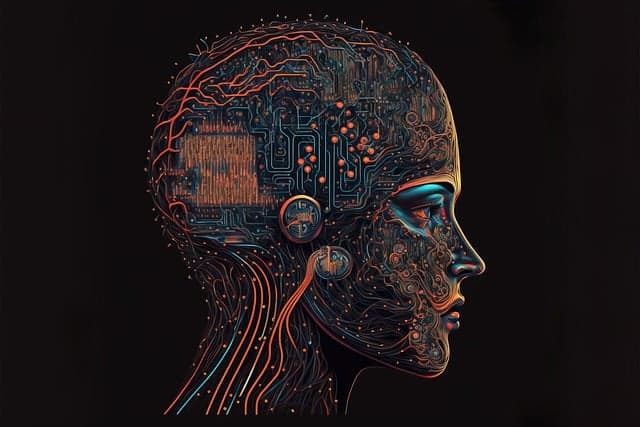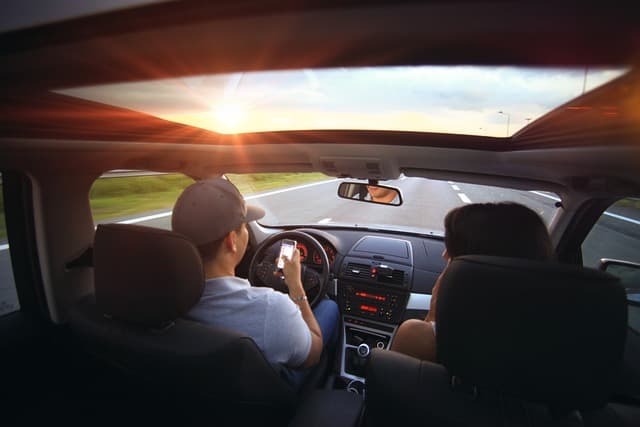Alas, there are still too many accidents and many deaths on the world’s roads. Of course, there are many reasons for this: the condition of roads and road infrastructure, weather conditions, and vehicle malfunctions, but perhaps the main reason is the human factor. We are distracted while driving, dashing, falling asleep, nervous, angry, frightened, eating, smoking, using the phone, competing with other road users, and simply making wrong decisions. All this leads to a lot of accidents. And artificial intelligence is completely devoid of all these shortcomings. In addition, computers process large arrays of data faster per unit of time, do not get tired, do not fall asleep and can “have more senses”. Humans see only in the visible spectrum. AI can see in the ranges in which video cameras, thermal imaging cameras, radar, lidar and laser rangefinders connected to it see. Humans orient themselves in space by maps, signs, navigators, and memory. AI, in addition to all of the above, is able to directly receive data from satellites, keep thousands of maps and millions of directions in memory. A person can also sometimes drive a car “on automatic”, if for the hundredth time he drives along a familiar route, but this autopilot “works” only if there are no surprises on the way. For AI on the roads of the future there should be no such surprises. The human driver in this unpredictable environment is sometimes helped by such a thing as human intuition. Intuition, which is so far deprived of AI, which is able to predict and warn only logically predictable events.
Humans and artificial intelligence: who is who?
It can be assumed with a high degree of confidence that AI with all its capabilities and advantages, already proven by millions of kilometers of mileage on public roads in countries, will truly become more effective than humans under the following conditions:
- Universal computerization of vehicle (VV) controls AI must be in every VV to avoid unpredictable behavior on the roads by human drivers;
- physical protection of roads from pedestrians – it is necessary to enclose the road with an insurmountable fence so that an unexpected pedestrian does not suddenly step onto the road;
- universal connection of cars – then AI will be able to build routes and control vehicles not only based on the initial data about the starting and ending point and traffic jams on the roads, but also on the planned routes of all other passing and oncoming vehicles;
- connection of all elements of road infrastructure, from traffic lights and road signs to road equipment and temporary barriers, so that the AI is aware of everything that awaits it on the route;
- predictive information about road works, road closures and other events;
- calculating possible hazards based on changing weather conditions.
Even the route of air travel in the area where the TC is traveling can play a role in the AI’s choice of travel strategy.
Readiness for the introduction of artificial intelligence
We see the prerequisites for all of this already now:
- machine vision is becoming more and more advanced, video cameras, thermal imagers, radars, lidars and even lasers are becoming more and more available;
- communication technologies – Wi-Fi, 3/4G – already allow TCs to connect to a single system and exchange information;
- 5G technology is already being introduced and will allow millions of cars to exchange information even in giant megacities;
- the amount of data collected by autopilots amounts to thousands of terabytes and is quite suitable for analyzing and continuously improving AI on the roads;
- there are more and more electric cars and technologies for their fast and even autonomous charging, for example, through a special roadway;
- most importantly, there is a huge amount of accident videos on video hosting sites, just about those unpredictable situations that lead to accidents and that are worth uploading to AI to analyze and be ready for such cases on the roads;
- the roads and the technology, how they are laid out and repaired, are getting better and better.
At the moment, even with the prerequisites and bright possibilities, a full-fledged transition to AI-enabled autopilots is not yet possible, and the introduction of AI needs to be gradual, taking into account the new experiences that will emerge in a world where cars will be driven by artificial intelligence. What kind of ethics will we present to such AI? A human one? Or will they start to develop their own – artificial ethics of artificial intelligences?



